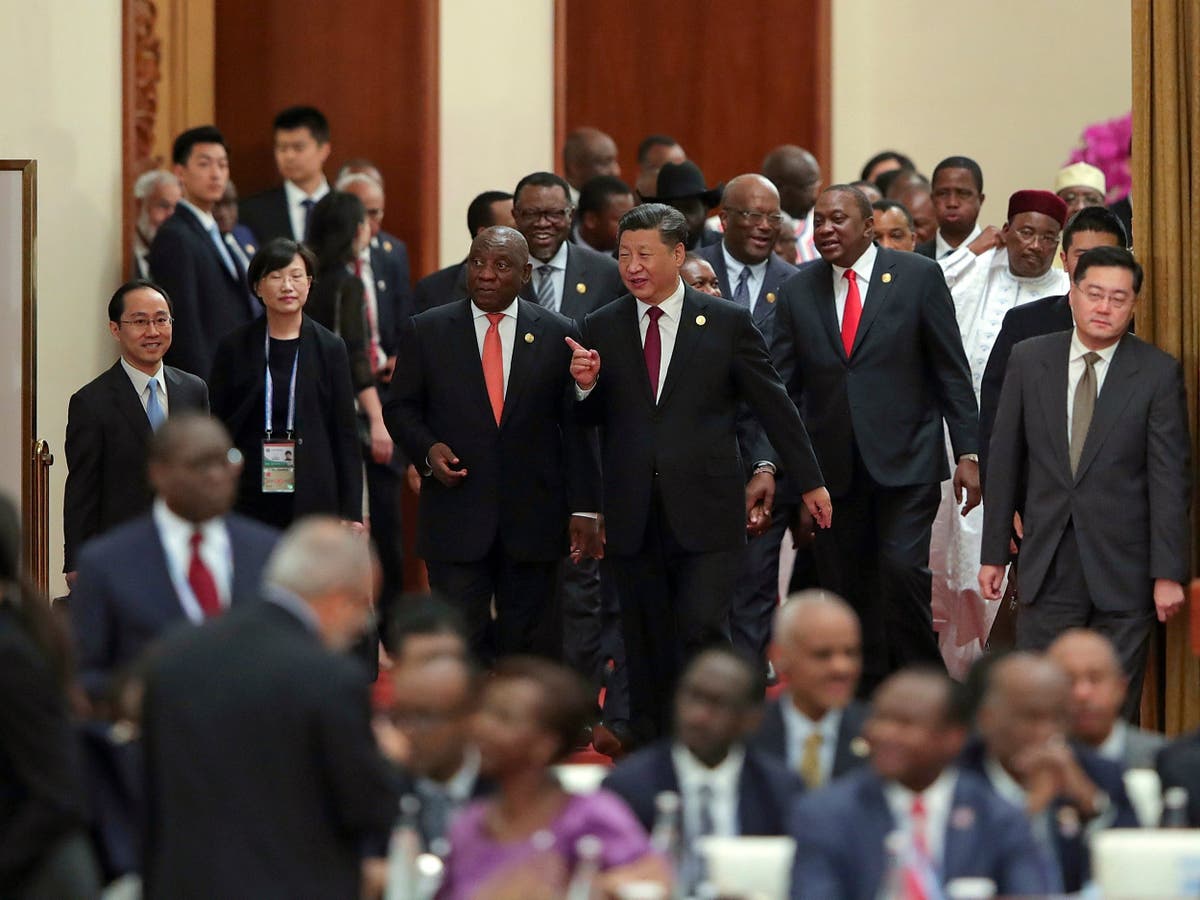In June this year, a three year South-South Cooperation (SSC) agriculture project between the governments of Uganda and China as well as the Food and Agricultural Organization of the United Nations (FAO) will come to a close. As we look to a renewal that is almost certain, we can take a moment to reflect on the remarkable milestones arrived at during the years in which the partnership has run.
Having commenced by the agreement titled “Technical Assistance Under the South-South Cooperation with the People’s Republic of China in Support of the Development Strategy and Investment Plan 2010/11-2015/16 in the Republic of Uganda” back in 2012, and further extended one more time before its current dispensation, the SSC’s endurance owes to its results which cannot be overstated.
During the first and second phases therefore, there was an introduction of crop varieties that best responded to the needs of local farmers, the most impressive of which is perhaps proso millet. Its attributes made it more suitable for planting than the local finger millet– it grows for a shorter time (75 days rather than 90), requires less grains in planting (5kg per acre instead of 25), bares more yield (up to three times), and is drought resistant. Also witnessed, was astounding realizations in cases that involved diary farming where cows are reported to provide at least seven liters each per day up from just two.
The present SSC is not only interesting because it builds on these numbers however, but also because it makes part of a broader framework in which China has in recent years led an effort of helping contribute to the faster realization of the Sustainable Development Goals (SDGs). Dubbed the Global Development Initiative (GDI), this program singles out eight SDGs that Beijing feels require specific attention for the sake of the developing economies post Covid-19. This is further true now that 2030 is not far off.
In his 2022 address to the ministerial meeting of the Group of Friends i.e. the umbrella of nations and organizations that support the GDI cause, Chinese Foreign Minister (FM) Wang Yi, among other things outlined improvement in agricultural practices as key in realizing SDG 1 (ending poverty). To this end, he highlighted that, his country would world over restart the SSC which had up to that point concluded.
The FM further spelled out bold measures to accompany this arrangement that Uganda has since benefited from e.g. an agreement for technical support entered by China’s Academy of Agricultural Sciences and its International Research Center of Big Data for Sustainable Development with FAO along with donation of data imperative for policy making to the United Nations like on arable land and forest coverage provided by the SDGSAT-1 satellite.
Interwoven around four objectives (development of aquaculture value chain, supporting livestock improvement, establishment of a technological transfer base, and development of high yield rice and foxtail rice) thus, it comes as no surprise that the period between 2022 and 2025 has been even more successful.
The SSC project during this time in the country has ensured that farmers in the areas of focus have very highly educated experts at their disposal for consultation something that greatly turned around their fortunes. In terms of the broader picture, there have been several collaborations between in-line institutions and their colleagues in China. Most notably, joint research by Shanghai Agro Biological Gene Center and the National Agricultural Research Organization resulted into the release of WDR-73, a genetically modified variety of rice that is incredible in its yield and doubles as drought resistant.
 Food and Agriculture Organisation Uganda country Representative Antonio Querido (maroon shirt) with Chinese ambassador to Uganda Zhang Lizhong (3rd right) the fingerling stocking activity at Aquaculture Research and Development Centre in Kajjansi on June 12, 2023 (Photo: Daily Monitor/ABUBAKER LUBOWA )
Food and Agriculture Organisation Uganda country Representative Antonio Querido (maroon shirt) with Chinese ambassador to Uganda Zhang Lizhong (3rd right) the fingerling stocking activity at Aquaculture Research and Development Centre in Kajjansi on June 12, 2023 (Photo: Daily Monitor/ABUBAKER LUBOWA )
There has also been several sponsored visits of Ugandan officials to different regions of China for purposes of benchmarking best practices as well as in brokerage of associated policies. While attending the Forum on China-Africa Cooperation last year thus, the Minister of Agriculture, Animal Husbandry, and Fisheries Hon. Frank Tumwebaze entered an agreement with the General Administration of Customs of the Republic of China that allowed Uganda to export aquatic life and Chilies to the over 1.4 billion people market of China.
According to the minister, this was also the first time that Uganda would be exporting the second product to any part of the world there demonstrating China’s commitment to walk the talk. Therefore, as we approach the end of this partnership, considering the multitudes of success it came with, celebrations are in order. Viva China-Uganda Cooperation.
The writer is a research fellow at the Development Watch Centre.

